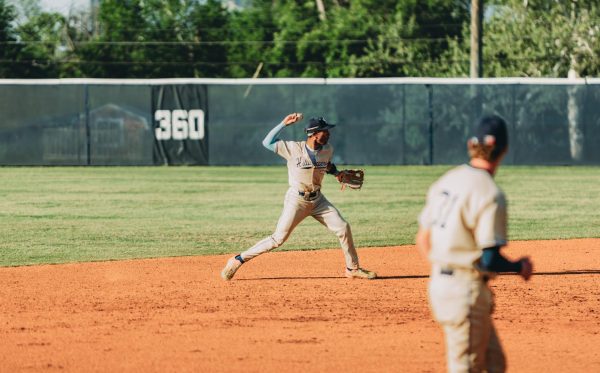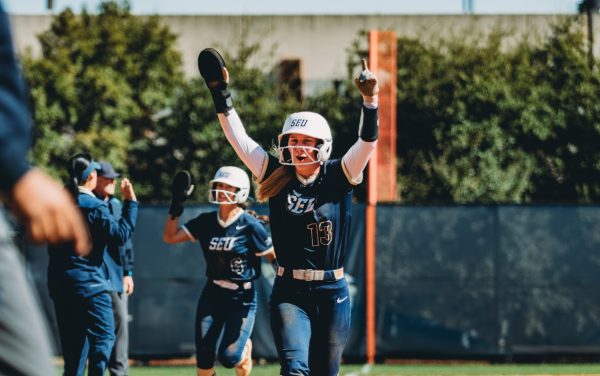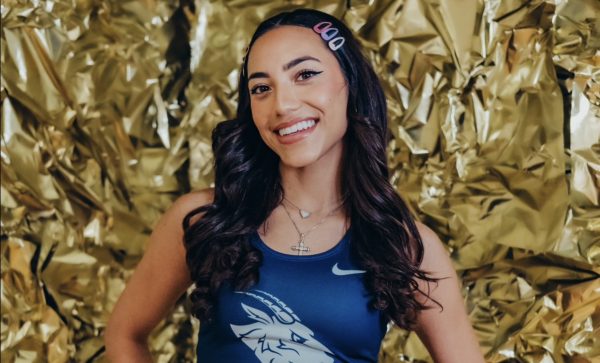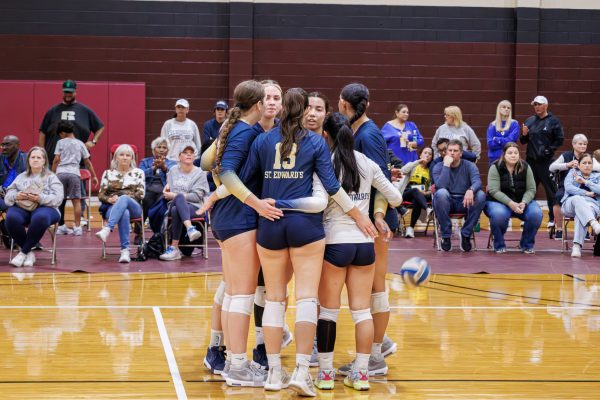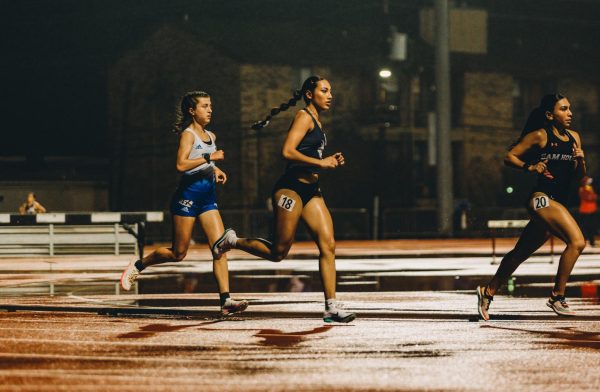Addressing racism within baseball
Racism in sports has been an ongoing issue for years now, it has played a significant role in American history, and in baseball. America’s favorite pastime, along with the Major League Baseball itself, have a tumultuous background. Despite its solid and committed fan-base, the game has had a substantial effect on minority populations, which has not been fully addressed since the beginning of the civil rights movement.
After the 13th, 14th, and 15th amendments were passed and following the Civil War, the integration of the Black community into society was essential. However, the fight against deep-rooted racism was not without difficulty. For example, before the baseball legend Jackie Robinson, predecessors Bud Fowler and Moses Fleetwood Walker became professional baseball players. Still, the effects of the de facto segregation and Plessy v. Ferguson (1896) allowed the continued discrimination and segregation of colored players in American baseball. As a result, the National Negro League was founded in the 1920s by Rube Foster in an effort to accommodate players who were not allowed on major league teams. This league allowed Black Americans the opportunity to compete against other segregated communities in the major leagues.
The central turning point for baseball was when Jackie Robinson was signed onto the Brooklyn Dodgers in 1945, making him the first Black American to break the color barrier within the MLB. His rise to baseball stardom came at a price, as he valiantly withstood racism and bigotry on and off the field. Following in his footsteps under the American League was Larry Dobby, who played for the Cleveland Indians in 1947, and later earned a title in the hall of fame. Despite the Civil Rights movement and Brown v. Board of Education, the Boston Red Sox was the last team to integrate colored players in their roster in 1959.
Racism in baseball hasn’t faded away and remains a stagnant problem in the sports industry as a whole. While the MLB hasn’t fully addressed its racist past, the tragic deaths under police brutality have spurred movements in other major sports leagues like the NFL and NBA. With activists, like NFL quarterback Colin Kaepernick, who began kneeling for the anthem, and the NBA’s long history of fighting for social justice issues, the spotlight is shining bright on the MLB’s efforts. In fact, what are they? They’ve had a pause in pursuing social justice since the initial appearance of Jackie Robinson and retiring his number, an honor never bestowed upon any player before. However, after that, there has been second to nothing in continuing to seek justice through adequately addressing social issues present. Only Bruce Maxwell has kneeled during the national anthem, and his actions caused a stir within the baseball community.
The MLB Players Alliance makes up a group of players who strive to promote social justice awareness, specifically Black Lives Matter, and help communities create a strong bond through baseball. Through the Player Alliance, conversations are held regarding the importance of social justice issues and emerging communities in need. These discussions have prompted the MLB to take into account their past and how they will continue to deal with injustices in the future. There’s still hope for the MLB to continue addressing issues on and off the field with the movement of the Players Alliance, but placing the hope on a single group is not enough. The goal should be for their actions to successfully reflect upon the entire league.


